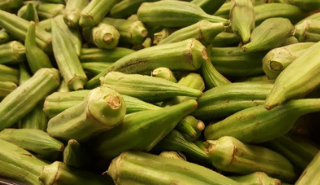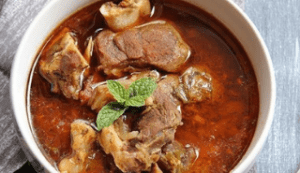Okra is a warm-season vegetable, also known as gumbo or ladies’ fingers. It is a good source of minerals, vitamins, and fiber. It contains a characteristic viscous juice that can be used to thicken sauces.
Gumbo is popular in the southern United States (U.S.), parts of Africa and the Middle East, the Caribbean, and South America.
It is considered an important crop in many countries, because of its nutritional value, and because many parts of the plant can be used, including the fresh leaves, buds, flowers, pods, stems, and seeds.
The taste is mild, but it has a unique texture with peach-like fuzz on the outside and small, edible seeds on the inside of the pod.
It offers a wide range of health benefits.
We will look at the nutritional content of okra, its possible health benefits, recipe tips for preparing okra, and any possible health risks.
Fast facts about okra
- Okra is a green, finger-shaped vegetable with a characteristic viscous juice.
- It provides fiber, folate, and vitamin K.
- Its nutritional content means it can promote heart health and strong bones and protect against cancer.
- Buy okra when it is firm and keep it dry. Store for no more than 3 to 4 days in paper or plastic in a crisper drawer.
- Cooking it whole makes it the mucilaginous juice, unpopular with some people, less obvious.
- People who use blood thinners should not eat too much okra, as the vitamin K levels can interact with the drug.




